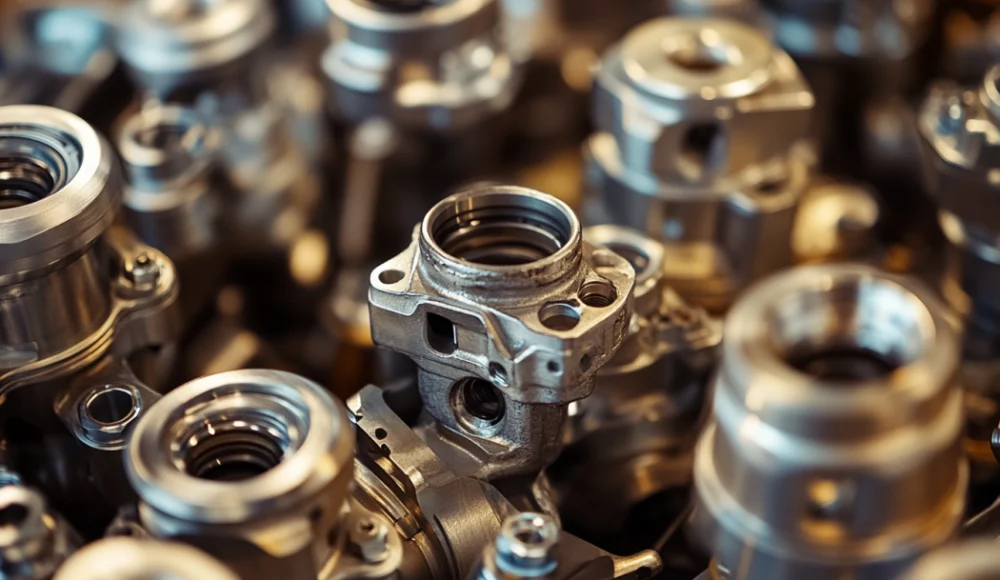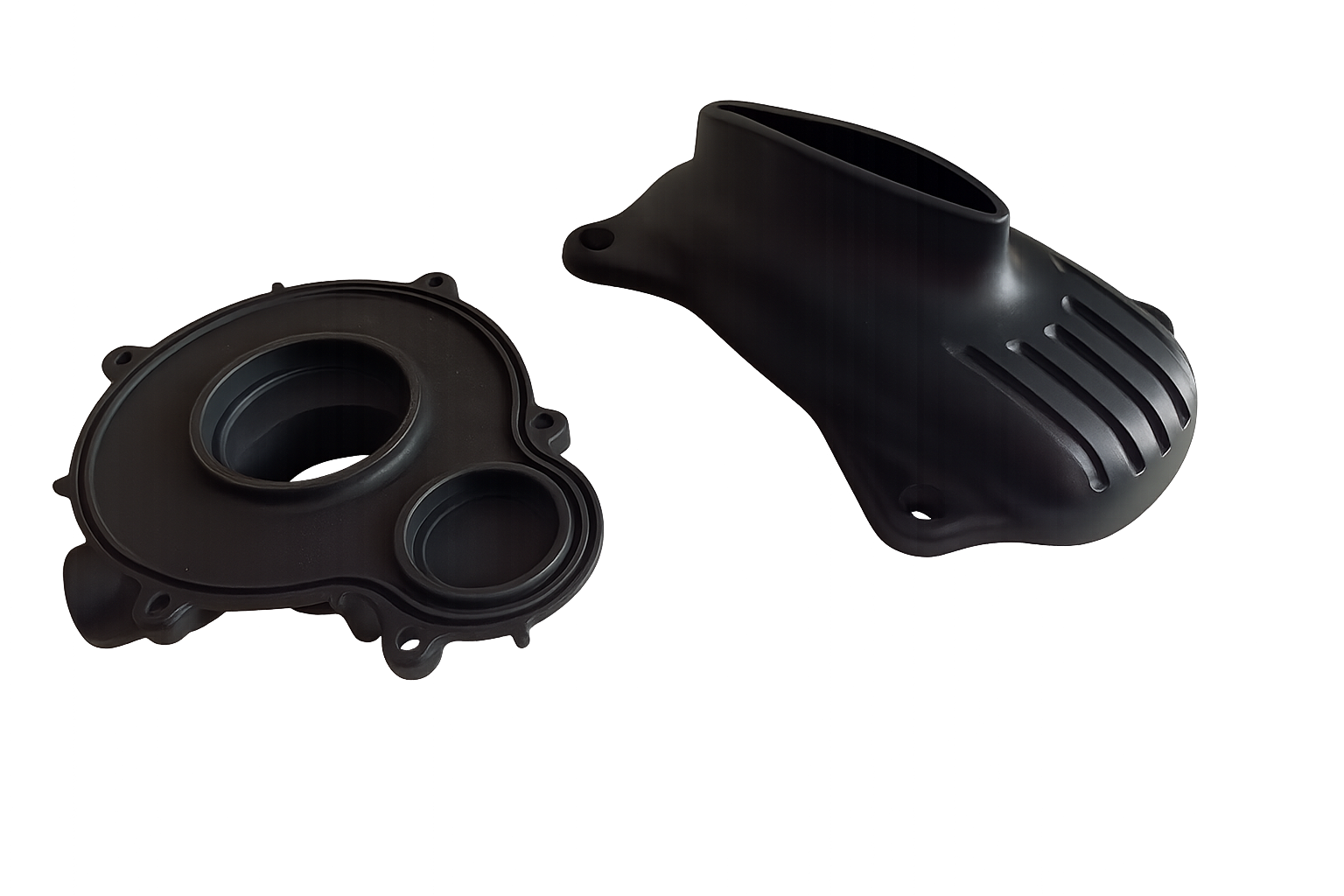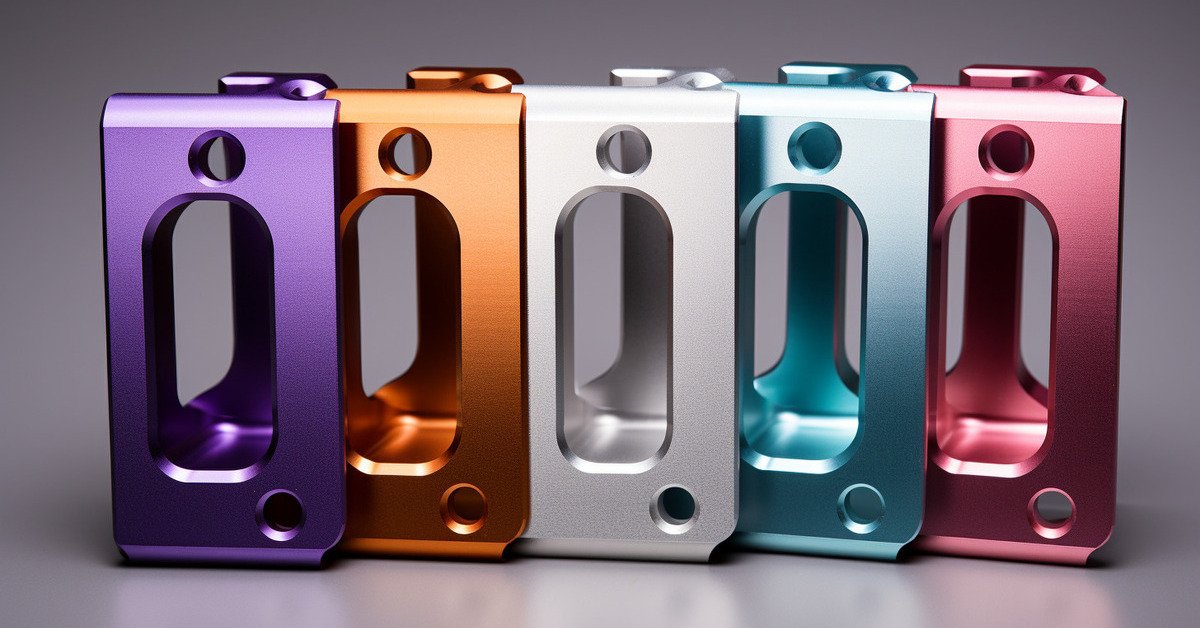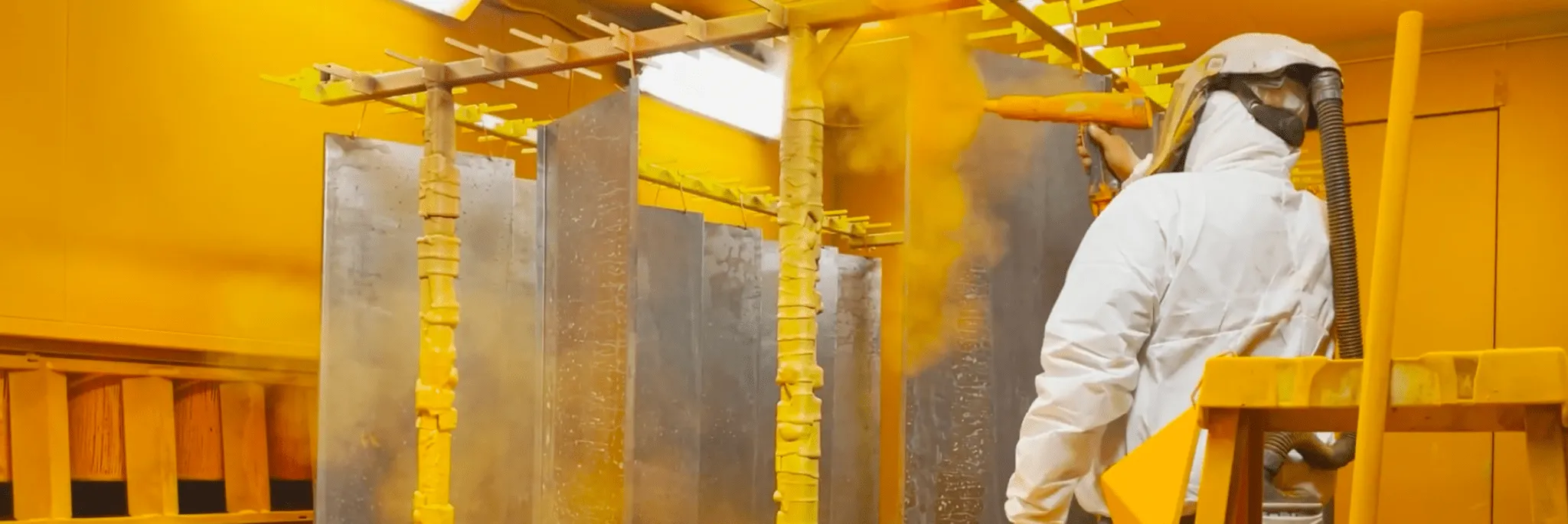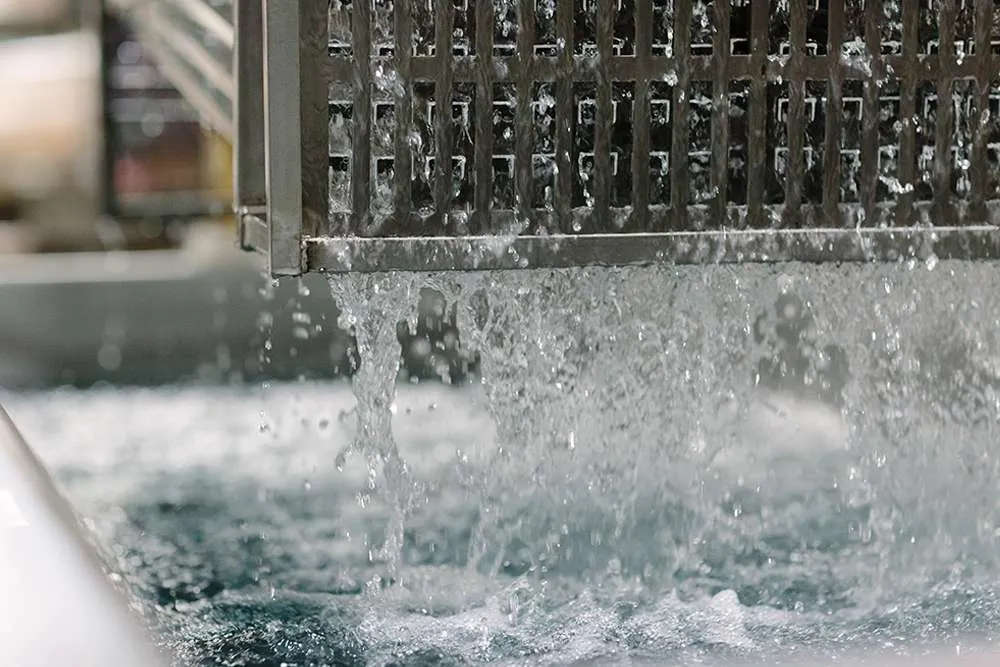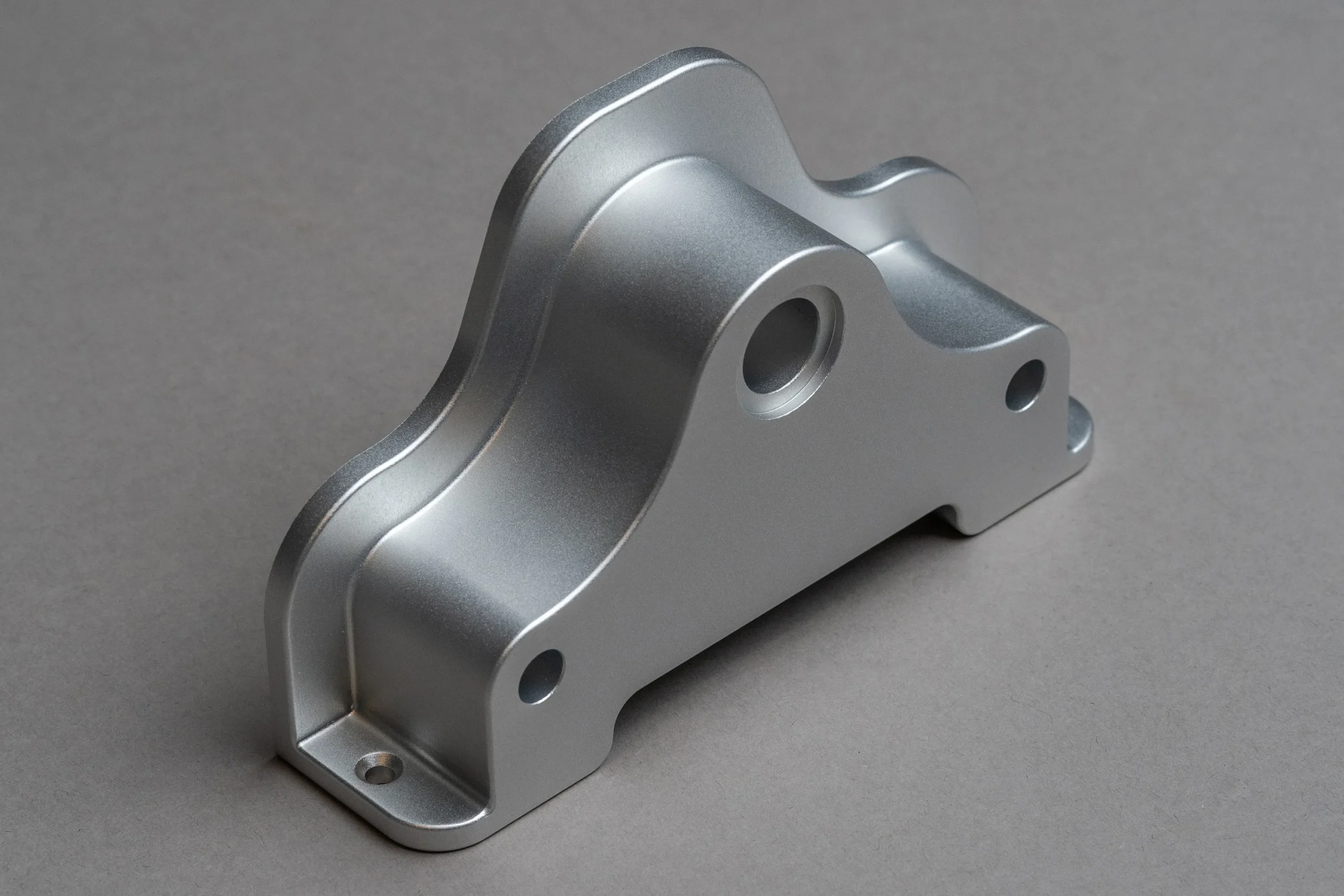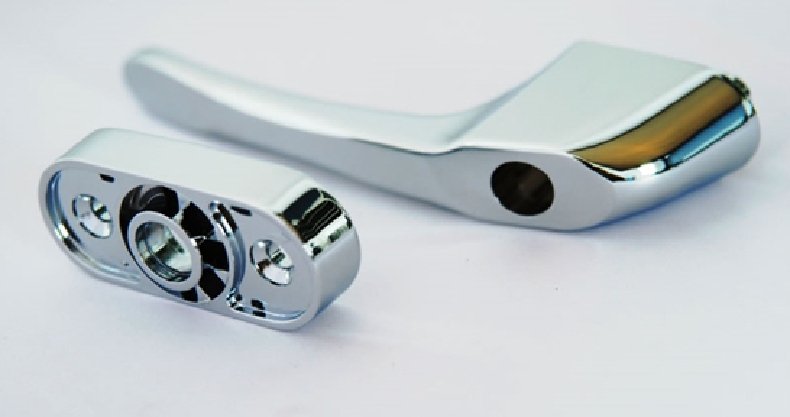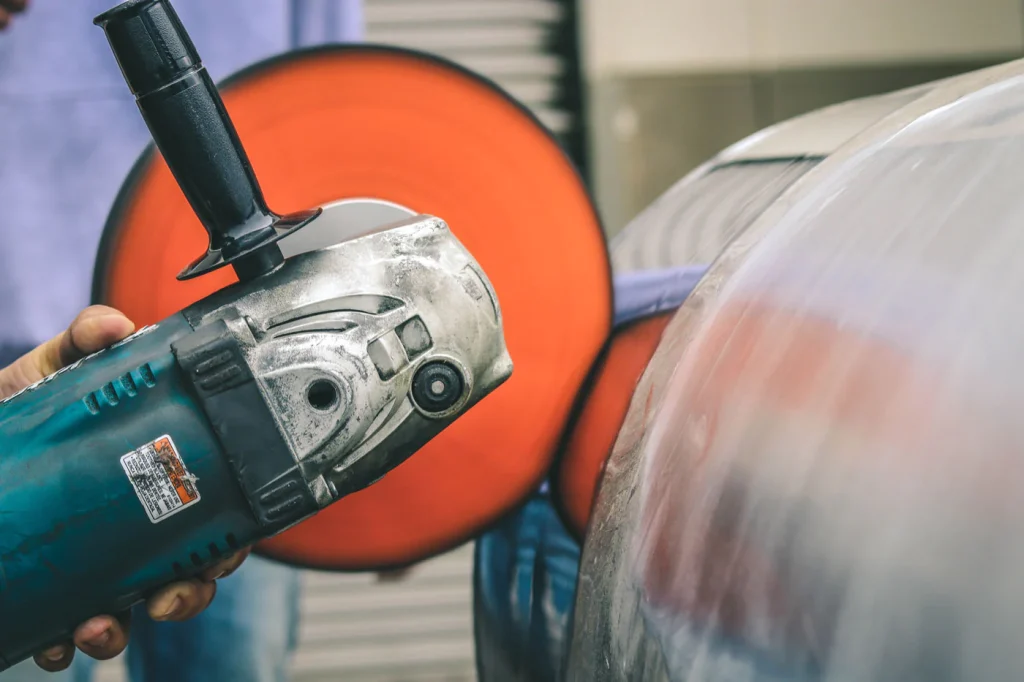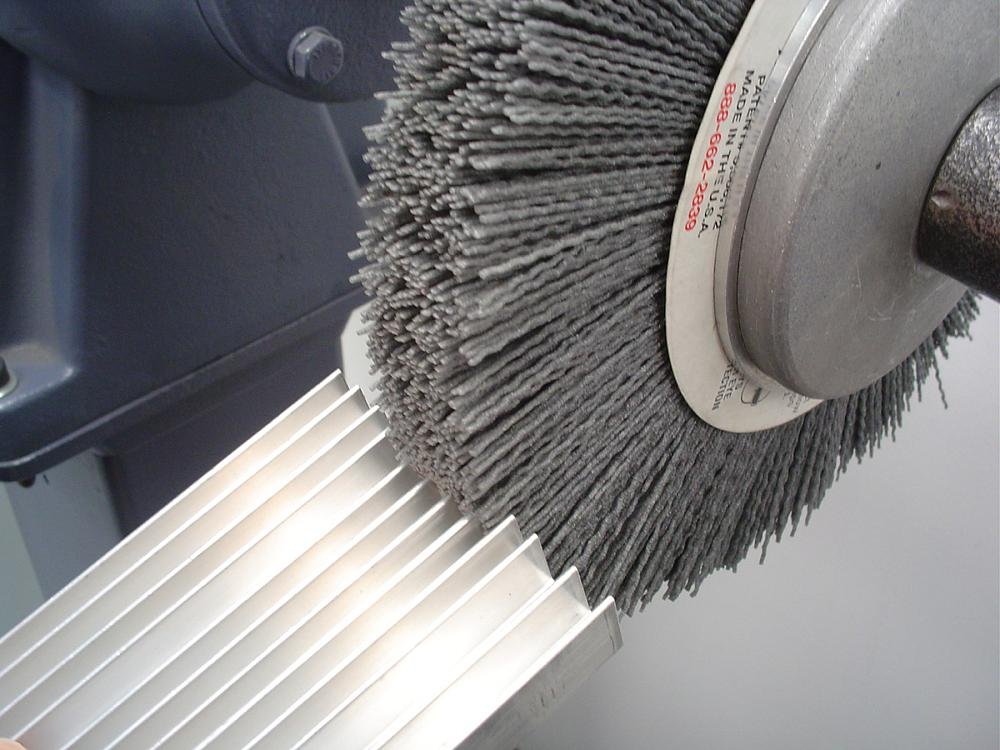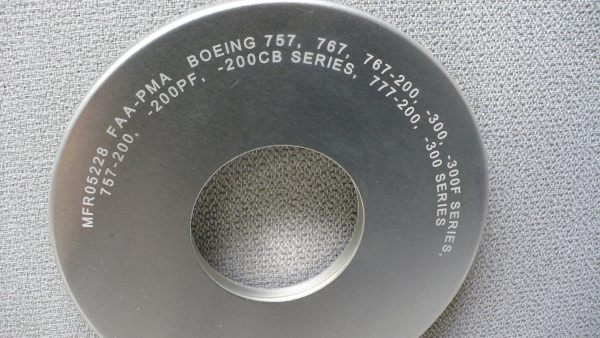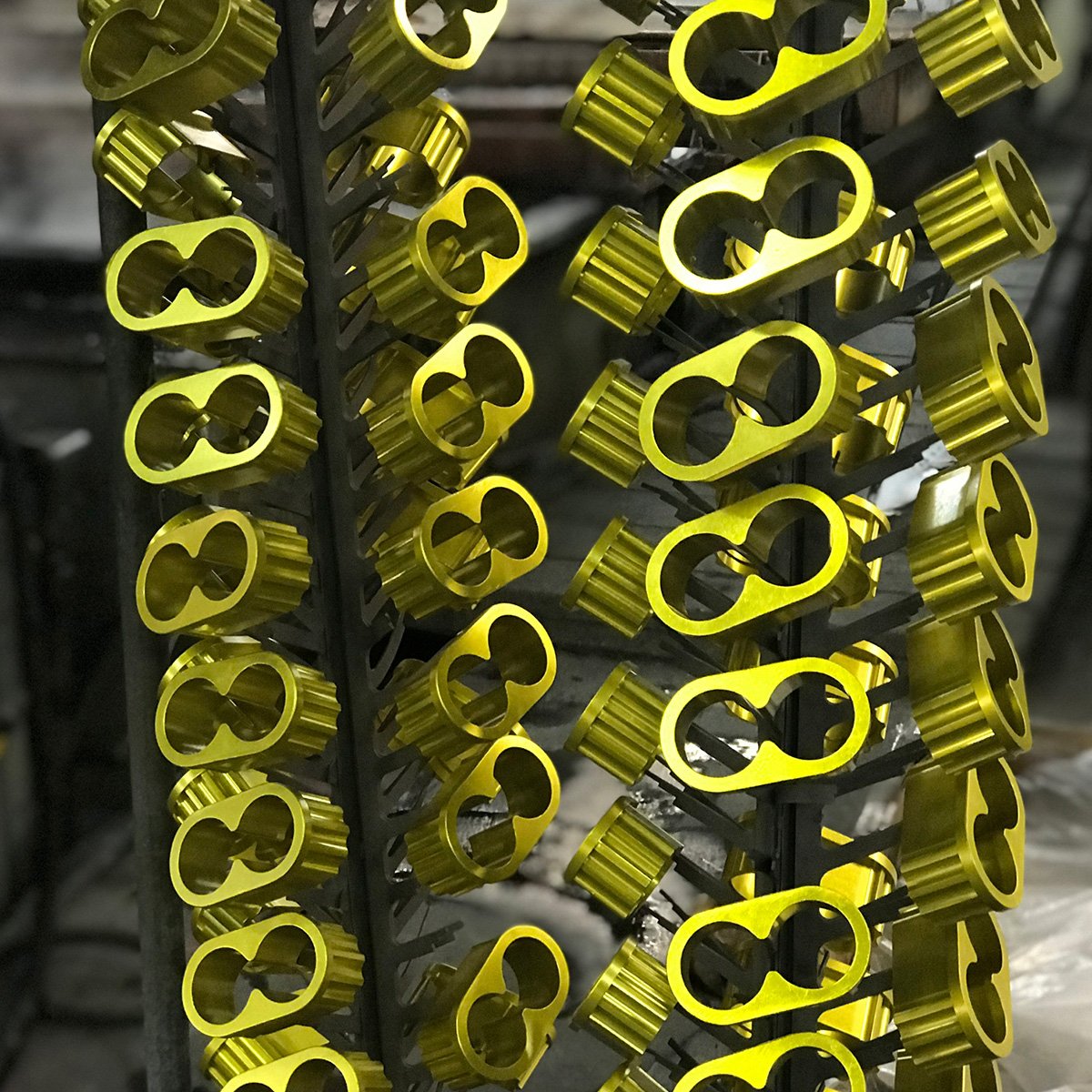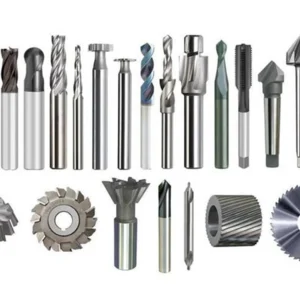アルミニウム is one of the most versatile engineering materials thanks to its lightweight strength, 耐食性, and high conductivity. It is widely used in aerospace, 自動車, 家電, 医療機器, と建築. しかし, raw or machined aluminum surfaces often require 表面仕上げ to enhance performance, 耐久性, そして視覚的な魅力.
Surface finishing is not just about aesthetics. It can dramatically improve aluminum’s resistance to corrosion, 摩耗, and chemical attack, while also ensuring components meet tight tolerances and functional requirements. Whether you need a mirror-polished aluminum panel, a corrosion-proof aerospace part, or a durable consumer product casing, the right finishing method is critical.
This guide explores why aluminum surface finishing matters, の 10 most common finishing methods, different surface effects and styles, and how to choose the right one for your application.
Why Do Aluminum Products Need Surface Finishing?
Surface finishing for aluminum serves both 機能的 そして 美的 purposes. Below are the main reasons it is essential:
耐食性: Aluminum naturally forms a thin oxide film, but in harsh environments, additional finishing (例えば, anodizing or chem film) ensures long-term protection.
耐摩耗性: Many aluminum parts are exposed to friction or mechanical stress. Hard coatings improve scratch resistance and durability.
Electrical and Thermal Properties: Some finishes enhance conductivity (例えば, chem film), while others improve insulation (例えば, 陽極酸化処理).
摩擦の低減 & Contamination: Smooth finishes lower friction and prevent dirt or moisture from accumulating in crevices.
美的魅力: Finishes such as polishing, ブラッシング, and powder coating provide diverse styles, from mirror-like gloss to satin or matte textures.
要するに, aluminum finishing directly influences a product’s lifespan, パフォーマンス, and brand value.
10 Common Types of Aluminum Finishes
1. マシン化された仕上げ
プロセス: Part is left in its raw, machined state.
表面粗さ: Typically Ra 0.2 – 3.2 μm, depending on machining parameters.
長所: 低コスト, accurate tolerances maintained.
短所: Visible tool marks, limited corrosion protection.
アプリケーション: Internal components, プロトタイプ, non-decorative parts.
2. 陽極酸化処理
プロセス: Electrochemical treatment that forms a controlled oxide layer.
厚さ: 5–25 μm for decorative, まで 50 μm for hard anodizing.
利点:
Excellent corrosion and wear resistance.
Wide range of color options.
Non-conductive surface for electrical insulation.
アプリケーション: 航空宇宙パネル, 家電, 医療機器.
3. 粉体塗装
プロセス: Electrostatic spraying of powder particles, cured under heat.
表面: Protective, 装飾, slightly textured finish.
利点:
No solvents → eco-friendly.
Excellent color variety.
Strong adhesion and durability.
アプリケーション: Automotive wheels, 家具, outdoor enclosures.
4. アロジン (化学フィルム)
プロセス: Immersion in a chemical bath that forms a conversion coating.
利点:
Cost-effective corrosion resistance.
Maintains 電気伝導性 (unlike anodizing).
Ideal for parts that require painting afterward.
アプリケーション: Aerospace structures, 電子ハウジング.
5. ビーズブラスト
プロセス: Abrasive glass or steel beads blasted under pressure.
表面: スムーズ, サテン状のテクスチャー.
利点:
Cleans impurities.
Creates uniform matte look.
アプリケーション: Consumer goods, 装飾ハードウェア, automotive interiors.
6. 電気めっき
プロセス: Deposition of metals like nickel, 金, 銀, or chromium on aluminum via electrolysis.
利点:
Improved conductivity, 耐摩耗性, and reflectivity.
Adds luxury aesthetics (gold/silver plating).
アプリケーション: エレクトロニクス, 航空宇宙コネクタ, luxury consumer products.
7. 研磨
プロセス: Mechanical or chemical polishing for a reflective surface.
利点:
Enhances brightness and aesthetics.
Reduces oxidation by smoothing pores.
アプリケーション: 化粧パネル, 医療機器, display parts.
8. ブラッシング
プロセス: Abrasive brushes create fine, 線形テクスチャ.
表面: Satin or metallic look, reduces visible scratches.
アプリケーション: キッチンアプライアンス, automotive trims, architectural panels.
9. Laser Etching
プロセス: Focused laser beam engraves permanent marks or text.
利点:
高精度と再現性.
Permanent identification or branding.
アプリケーション: 航空宇宙部品, 医療機器, 産業用ツール.
10. Bright Dipping
プロセス: Chemical immersion in acid for mirror-like shine.
利点:
Creates highly reflective, glossy surface.
Ideal for decorative parts.
制限事項: Not compatible with all alloys (best with 6463).
アプリケーション: 食べ物 & beverage equipment, decorative profiles.
Different Surface Effects & Styles for Aluminum Finishes
Finishing isn’t just about protection—it also defines how aluminum looks and feels.
High Gloss (光沢, 反射性): Achieved via polishing, bright dipping, or anodizing with gloss. Common in electronics, automotive trims, and luxury items.
サテン (Soft Glow, 72 GU gloss): Achieved via brushing or bead blasting. Balances aesthetics and durability, hides imperfections.
マット (Non-reflective, 30 GU gloss): Achieved via anodizing or powder coating. Resistant to fingerprints and low-maintenance.
メタリック (Luxury Appearance): Achieved via anodizing, ブラッシング, or electroplating. Can mimic brass, 銅, 金, or stainless steel finishes.
Factors to Consider When Choosing an Aluminum Surface Finish
When selecting the right finish, engineers and designers must consider:
アプリケーション環境: Indoor vs. outdoor use, UV exposure, corrosive chemicals, or abrasion.
美的要件: 色, 光沢, テクスチャ, branding consistency.
料金: Initial processing cost + long-term maintenance or replacement expenses.
耐久性: Expected lifespan of finish, resistance to wear and weathering.
機能性: Conductivity vs. 絶縁, weight considerations, surface friction.
Industrial Applications of Aluminum Finishes
Aluminum finishes aren’t just about making metal look good—they also make parts stronger, longer-lasting, and more reliable in tough environments. Depending on the finish, aluminum can be used almost anywhere, from airplanes to smartphones.
航空宇宙
Aircraft parts need to handle high stress, 温度変化, and exposure to moisture. Finishes like 陽極酸化処理 そして chem film (alodine) are widely used because they improve corrosion resistance without adding too much weight. Laser etching is also common for permanent part marking, which is important for safety and traceability.
自動車
車, トラック, and motorcycles rely on aluminum finishes for both protection and style. Powder coating and anodizing are used on wheels, trims, and engine parts to protect against road salt, 熱, そして着用. Polished and brushed finishes are also popular for giving vehicles a sleek, modern look.
家電
The smooth, shiny casing on your smartphone or laptop often comes from anodizing or bead blasting. These finishes make the device look premium while also protecting it from scratches and fingerprints.
医療機器
In healthcare, materials must be 安全, 掃除が簡単, and corrosion-resistant. Anodized and polished aluminum parts are often used in surgical tools, hospital equipment, and even implant components. These finishes keep surfaces smooth, 滅菌, そして耐久性.
建築と建設
から window frames to building facades, aluminum is everywhere in modern architecture. Powder coating is especially popular here because it can provide durable protection and a wide range of colors to match design needs. Brushed or metallic finishes also add an upscale look to interior elements like furniture and lighting fixtures.
産業機械
Heavy-duty machines often use anodized or electroplated aluminum components for added wear resistance and better electrical performance. This ensures that the parts can handle tough environments without breaking down quickly.
結論
Aluminum finishing is a crucial step in ensuring that parts meet both functional and aesthetic requirements. With options ranging from cost-effective chem film to decorative bright dipping and high-performance anodizing, each finish offers unique benefits for different applications.
慎重に検討することにより application environment, durability needs, 料金, and desired appearance, manufacturers can select the right aluminum surface finish to improve both the performance and lifespan of their products.
よくある質問
- What is the most durable aluminum finish?
Anodizing—especially hard anodizing—offers superior wear and corrosion resistance, making it one of the most durable finishes. - Which finish best prevents corrosion?
Anodizing and alodine are both effective, with anodizing offering better long-term resistance. - What is the most cost-effective aluminum surface treatment?
Chem film (alodine) is relatively inexpensive while still providing strong corrosion resistance and paint adhesion.

